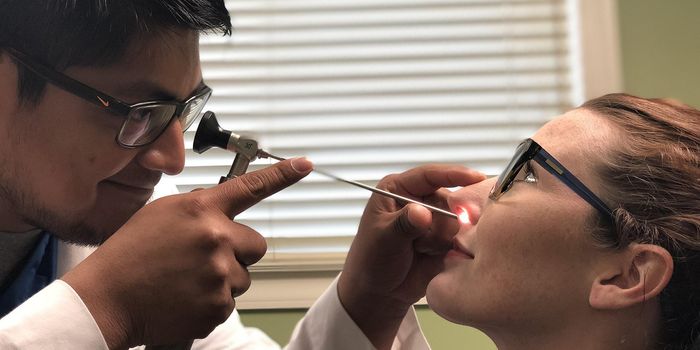The 'Triple Pill': A New Blood Pressure Treatment
Even though there exists an abundance of blood pressure-lowering drugs, high blood pressure persists to be a health concern not only in the US but globally. Blood pressure can lead to heart attacks, kidney issues, as well as stroke; therefore, treating blood pressure is a crucial priority. On a global level, many suffering from high blood-pressure do not get the treatment they need. Many blood-pressure drugs require more than one medication of the treatment regimen. Unfortunately, this increases the complexity of the treatment process causing patients to forget to take their multiple blood-pressure medications.
To fix this issue, a study examined the efficacy of three drugs combined as one combination pill in treating blood pressure and compared these results in usual treatment care. The clinical trial performed was known as the TRIUMPH trial and was conducted in Sri Lanka on patients that have untreated high blood pressure with some having diabetes as well as chronic kidney disease.
Patients enrolled in the study have received either the usual blood pressure care or the combination pill. The combination pill better known as the ‘Triple Pill’ contains three blood pressure drugs: telmisartan, amlodipine, and chlorthalidone. These drugs utilize different blood-pressure reduction mechanisms but, they all work to relax the blood vessels.

The crucial difference between the two categories (triple pill vs. usual care) was the time it took to see results. Patients in the ‘usual care’ category took a longer time to achieve a health blood-pressure target in comparison to the patient receiving the Triple Pill. "Most people — 70 percent — reached blood pressure targets with the Triple Pill,” said study lead author Ruth Webster, MD, of The George Institute for Global Health. “The benefits were seen straight away and maintained until six months, whereas with usual care control rates were 55 percent at six months and even lower earlier in the trial."
Each of the drug used in the Triple Pill was in low dose but effective individually in reducing blood pressure. The particular use of each of these drugs was effective in preventing blood-pressure-related deaths and heart disease. When combining these drugs in the Triple Pill, studies showed that it results in synergistic effects.
The most appealing part of developing the Triple Pill is it’s accessibility in low-income areas as well globally in impoverished areas. It was evaluated as a new tool for care in a real-world setting. "The most urgent need for innovative strategies to control blood pressure is in low- and middle-income countries," says Webster. "The Triple Pill approach is an opportunity to 'leap frog' over traditional approaches to care and adopt an innovative approach that has been shown to be effective."
Lead researchers will conduct a follow-up qualitative study on thoughts concerning the Triple Pill. They will also examine the cost-effectiveness to evaluate if the Triple Pill is a cost-effective solution for controlling blood pressure. Furthermore, if the Triple Pill will serve as a global healthcare drug, then it is important to note that every nation varies on what they consider as a healthy blood pressure target.
Sources: American College of Cardiology, Science Daily








